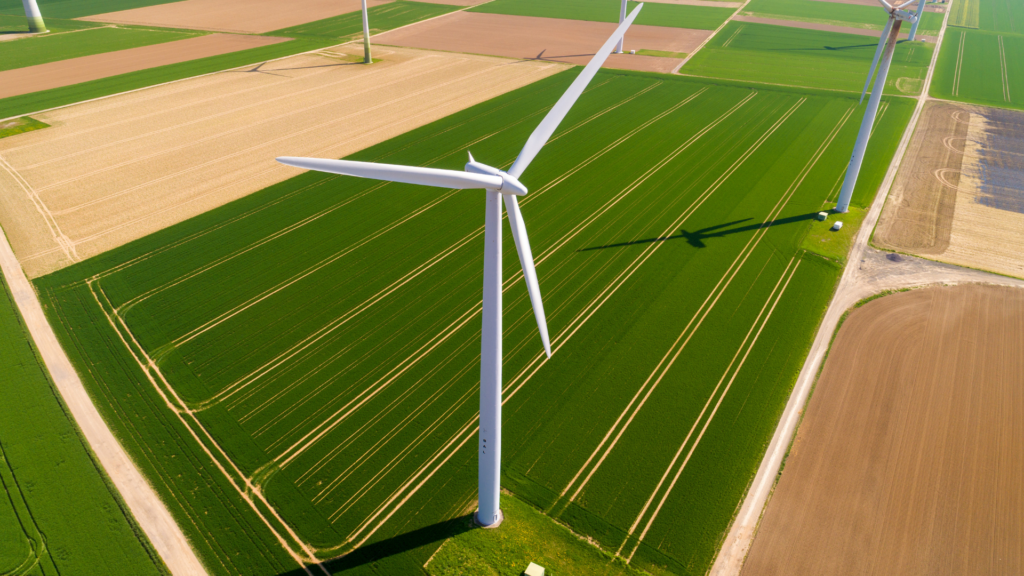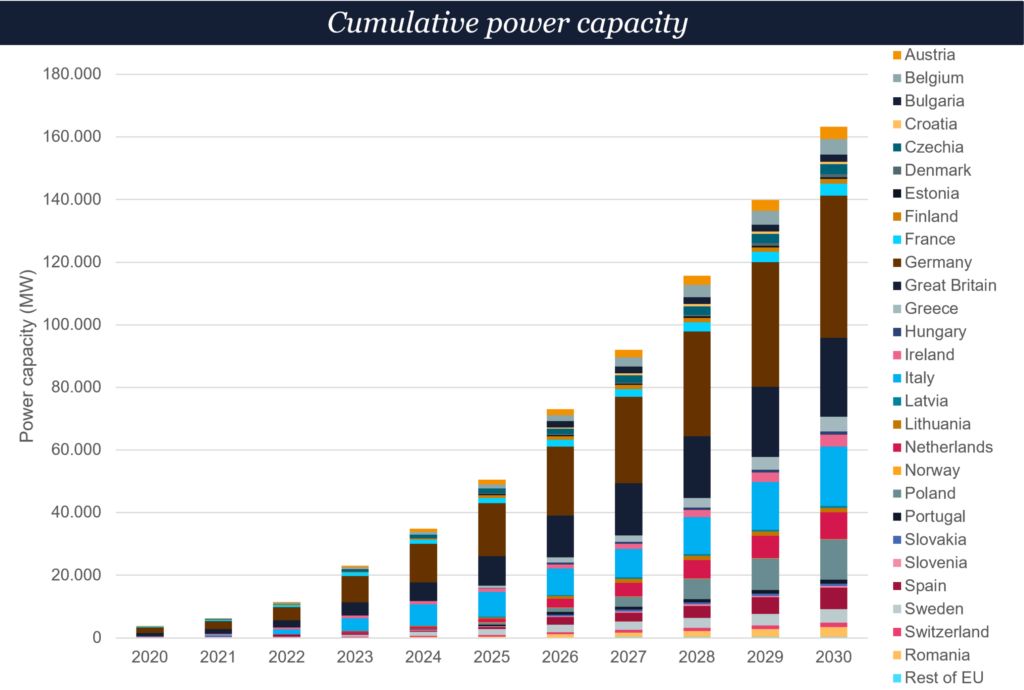21.09.2018 / Storage4EU
Ensuring Grid Stability with Europe’s Largest Variable Speed Pumped Storage Plant

Solar and wind power make a significant contribution to Portugal’s electricity generation capacity and, because these technologies are weather dependent, the grid is vulnerable to fluctuations in supply.

This makes it the perfect place to build a pumped storage plant powered by a state-of-the art technology that helps ensure grid stability. Technology Group Voith supplied the plant with two variable speed pump turbines each with a rated output of 390 MW each, two asynchronous motor-generators with a rated output of 440 MVA each, the frequency converter and control systems as well as the hydraulic steel components. The generator sets are the largest and most powerful of their kind in Europe. The plant operator is the Portuguese utility company Energias de Portugal (EDP).
Variable speed, constant reliability
Thomas König, responsible for Electrical Balance of Plant at Voith Hydro, explains how the technology works: “A conventional synchronous machine turns at a fixed speed in time with the 50 Hz grid frequency. In contrast, the mechanical rotation speed of the doubly fed induction machine (DFIM) machines can vary, which has two main advantages. Firstly, the new systems allow a fast and flexible response to active and reactive demand from the power grid – supply can be varied to meet demand. Secondly, they offer additional stability in cases of a voltage drop, reducing the likelihood of a blackout and enabling the system to resume operation much faster if one occurs. That’s because when the voltage drops by significantly more than 5% below normal, the turbines and DFIM motor-generators at Frades II can retain stability for up to 600 milliseconds – four times longer than a fixed-speed power unit. This can mean the difference between normal operation and a widespread power outage.”
Ultimately, DFIM technology delivers optimal operation in both turbine and pump modes, while fulfilling TSO (role assumed in Portugal by REN) requirements for grid fault behaviour by injecting fast active and reactive power when it is needed in both modes. Another key aspect of this technology (and perhaps the most relevant in terms of value creation) is the ability to provide power variation in pump mode, which can deliver the grid’s needed teleregulation during off-peak hours, making Frades II the only plant in Iberia to do so without having to generate surplus power.
A model for the future
Since the Frades II plant entered commercial operation, it bears Europe’s largest variable-speed units. And because grid stability and ensuring energy supply reliability are becoming more important everywhere, Frades II has provided a template that will be replicated around the world.



